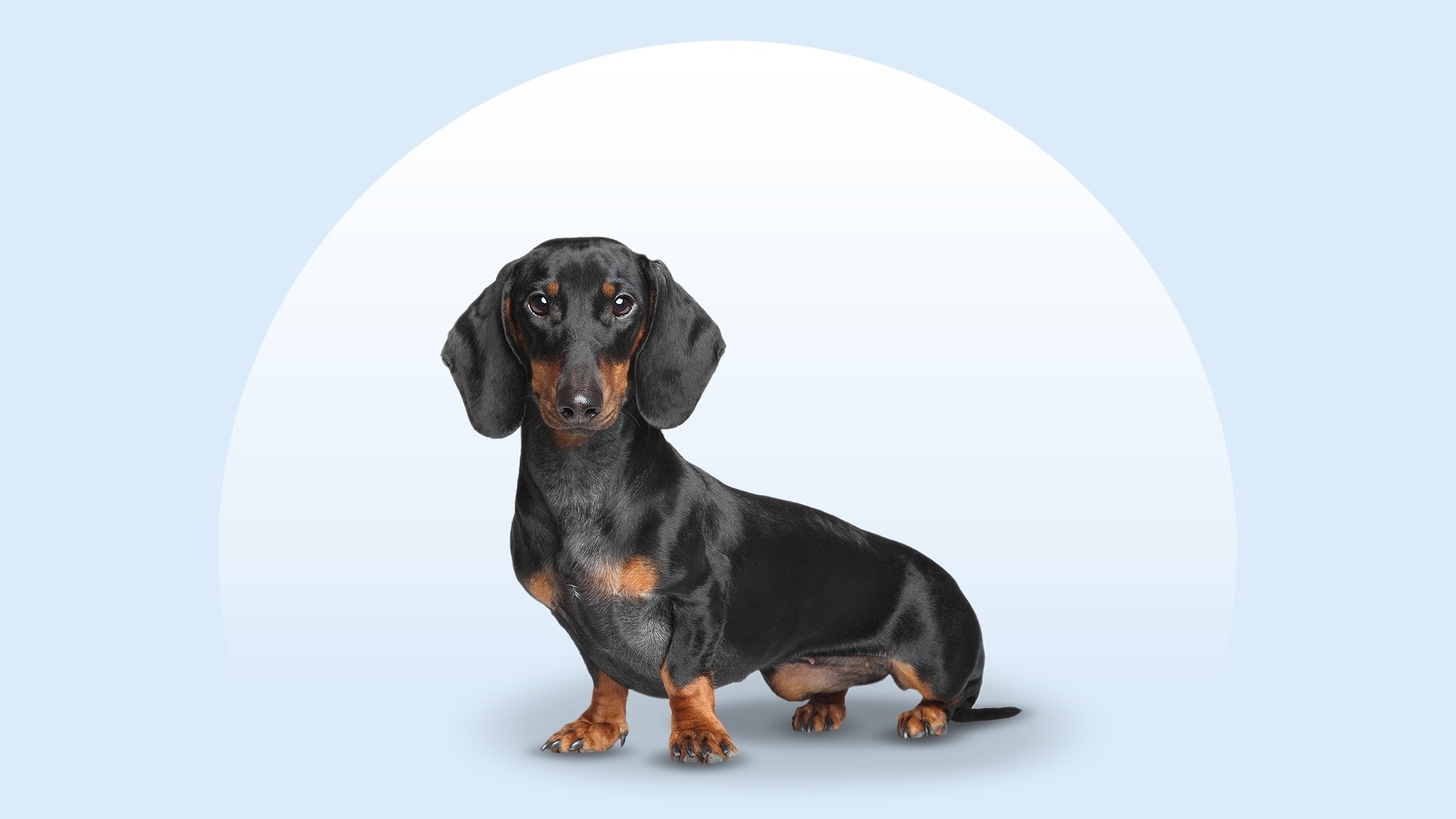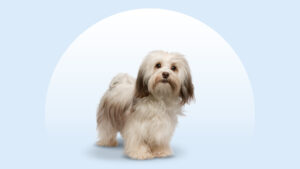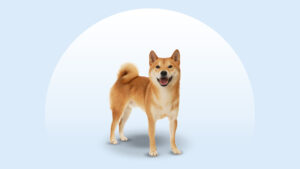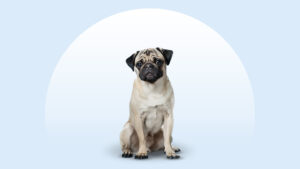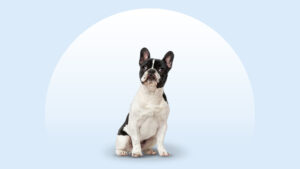Dachshund
Updated June 4, 2025
Dachshund
Updated June 4, 2025
Lively and brave, Dachshunds thrive with pet parents who offer lots of mental stimulation, and affection. These bright dogs lead with their nose, so offer some scent work to keep them happy—it’ll help play into their notion that they’re big dogs with a job to do. These short-legged cuties just want to be useful and hope you love them even more for it.
Clever, Funny, Mischievous
Standard: 16–32 pounds
Miniature: 11 pounds or less
Standard: 8–9 inches
Miniature: 5–6 inches
12–16 years
Black and Tan, Chocolate and Tan, Cream, Wheaten, Wild Boar, Red, Blue and Tan, Fawn (Isabella) and Tan, Black and Cream, Fawn (Isabella) and Cream, Chocolate and Cream, Blue and Cream
The heart of a warrior beats strongly in this little pup. Your Dachshund will likely think they’re on patrol, alerting you to very important things going on in the neighborhood—a new delivery person, the paperboy, a rogue squirrel on the doorstep. Following in the footsteps of their ancestors, your Dachshund never quite got over the instinct that they are here to help you out.
This may seem like serious business, but your Doxie (or wiener dog or sausage dog, as they’re adorably known) becomes a mischievous, silly pup the moment you’re ready to play a game that gets their tail swishing like a windshield wiper.
Dachshund Characteristics
Dachshund Appearance
Dachshunds’ proud eyes reflect the confidence they carry in every small step, and they compensate for their small size and short legs with a huge dose of bravery.
There are two sizes of Dachshund dogs: Standard Dachshunds are 8–9 inches tall and weigh up to 32 pounds, while miniature Dachshunds stand just 5–6 inches tall and weigh no more than 11 pounds.
Their appearance can also vary depending on whether they have a short, sleek coat; a wiry coat; or a long coat. They may also have a variety of fur colors and patterns.
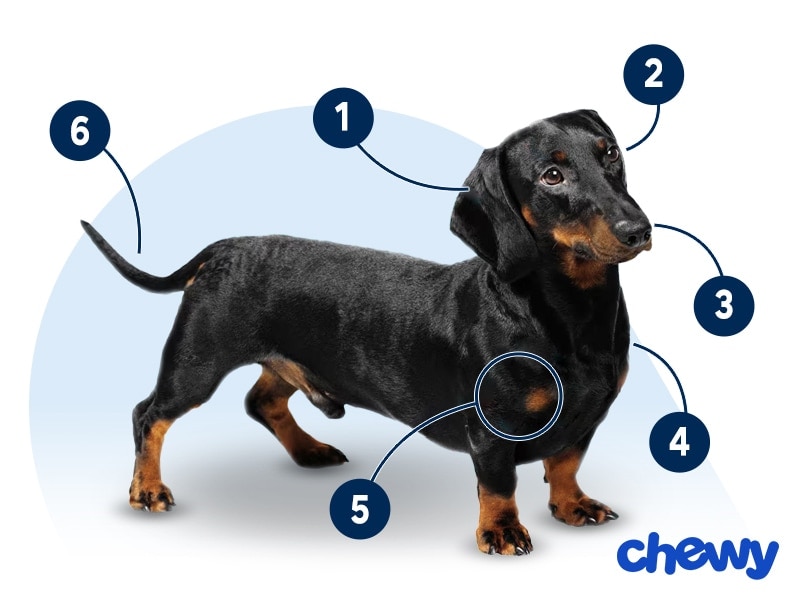
- Ears
A Dachshund’s rounded ears hang down and may pull slightly forward when they’re feeling playful.
- Eyes
Their dark, almond-shaped eyes are animated and curious.
- Nose
A wiener dog nose is typically black or dark brown, but it may occasionally match the color of their fur.
- Coat Length
Dachshunds have three coat varieties. A short, smooth coat is most common, but they can also have a short wire-haired coat or a long and wavy coat.
- Coat Color
There are two dozen standard Dachshund colors, including black, chocolate, blue, and fawn. Their coats are typically marked with one of four patterns: brindle (subtle tiger stripes), dapple (mottled patches of color), piebald (a white spotting pattern), or sable (where the hair is lighter at the base and darkens toward the tip).
- Tail
A Dachshund's tail shape depends on their coat type. A smooth coat typically has a tapered, sleek tail, while a wiry coat comes with a tail that’s tapered and thick. A longhaired Dachshund’s tail is graceful and longer, with a sheet of fur that hangs like a flag.
Dachshund Temperament
Dachshunds are loyal to a fault to their human family, but they’re also independent thinkers who need pet parents who understand them.
These multifaceted pups are not always the biggest fans of other dogs or cats (though some might not mind). They usually do best in homes without babies or younger kids, since they have very fragile necks and backs and need to be handled carefully to avoid injuries.
If you do have kids, a Dachshund is doable, but keep in mind that a child who plays too roughly could seriously injure your Doxie. Early socialization and training is very important, and you should always supervise kids and Dachshunds together.
These confident pups like to bark, so if you have an apartment with neighbors coming and going, a certified dog trainer can work with you using positive reinforcement to help your Doxie realize that they don’t always have to be on high alert.
If you have a yard, your Doxie will love to spend time there—with supervision, of course. Because the instincts of their ancestors are still alive in their brave little heart, they might try to keep small animals off your property. They’ll have to learn to share space with squirrels and other wildlife. They also might try to dig holes to search for critters underground, so give them other outlets to dig.
Indoors, Dachshunds are clever detectives who might unlock the mystery of how to eat the food you’ve set aside or forgotten to put away—so be careful with that leftover pizza.
These pups aren’t couch potatoes, but they also aren’t hyperactive, and their short legs aren’t meant for intense exercise. Instead, Doxies will enjoy a casual walk every day and appreciate having time to take in new smells outdoors.
How to Care for a Dachshund
Dachshunds should be handled with care due to their fragile spines. They don’t need to be bathed often, but their bellies may need more frequent brushing because their bodies are so low to the ground.
Early socialization, training, and supervision with small kids is essential. These pups appreciate a pet parent who’s completely devoted to them.
Grooming
Training
Diet
Exercise
Environment
Dachshund Health
A Dachshund lifespan is 12–16 years on average. However, there are a few Dachshund health issues to watch for.
- Back issues: Dachshunds are prone to back problems that can lead to paralysis if not treated promptly. This includes intervertebral disc disease (IVDD), caused by a bulging or slipped disc. As many as 24% of Dachshunds may have IVDD at some point in their life. If you notice any change in your dog’s movement or trouble walking, call your vet.
- To safeguard your Doxie’s back, avoid tug-of-war, rough play, and jumping; always support their hind end and their chest when carrying and/or holding them; keep them at a healthy weight; and set up ramps or stairs so they don’t have to jump up onto the furniture.
- Bloat and gastric dilatation-volvulus (GDV): Dachshunds are prone to a life-threatening condition called bloat. It occurs when the stomach fills with air or food. A serious complication of bloat is when the stomach twists on itself, cutting off blood supply to the organs. This is called GDV, and symptoms include abdominal distension, restlessness, and dry heaving. If you notice these signs, go to the vet immediately.
- Deafness: If your Dachshund’s parents are both dapples (their coat is mottled with patches of color), your pup has a greater chance of deafness. While there is no cure, deaf pups can live a very happy life.
- Epilepsy: Dachshunds are prone to seizures caused by epilepsy, which typically begins between 6 months and 5 years old. It’s treated with medication.
- Eye issues: Dachshunds can have eye problems, including cataracts, glaucoma, or progressive retinal atrophy (PRA). Seek immediate veterinary attention if you notice changes to the eyes or to your dog’s vision.
- Luxating patella: Dachshunds can develop luxating patella, where the kneecap slips out of place. You might notice that they do a little bunny hop or skip while walking—this could be a symptom. It may be treated with supplements and meds, if mild, though surgery may be necessary. Keeping your dog at a healthy weight can help prevent this condition.
Dachshund History
Dachshunds’ origins date back more than 600 years to Germany, where they were bred to hunt badgers. In fact, their name is German for “badger dog.”
Their narrow, low-to-the-ground body was perfect for digging into tunnels, and their confident, brave personalities made them ready for the job. Their loud bark was meant to alert their humans whenever they found badgers underground.
Depending on where they lived, Doxies were bred for three different coats: The original coat was short and smooth, but some were bred to have longer coats for colder climates. Others were bred to have wiry coats to help them avoid thorns when they worked in regions with briar patches.
Dachshunds were first recognized by the American Kennel Club (AKC) in 1885. But during World War I, Doxies were used in German propaganda. As a result, the AKC temporarily rebranded them as Badger Dogs or Liberty Pups in the U.S. They’re now widely beloved dogs known by their original moniker. There are numerous clubs dedicated to them, including the Dachshund Club of America.
A Dachshund puppy can cost as much as $3,500. If you choose this route, pick a responsible breeder.
If you choose Dachshund adoption, as there are many of these deserving pups waiting for a loving home. You can seek out a local Dachshund rescue via the Dachshund Rescue List, keep an eye out for the breed at your local shelter or rescue organization, or search Chewy’s database of adoptable dogs in your area.
